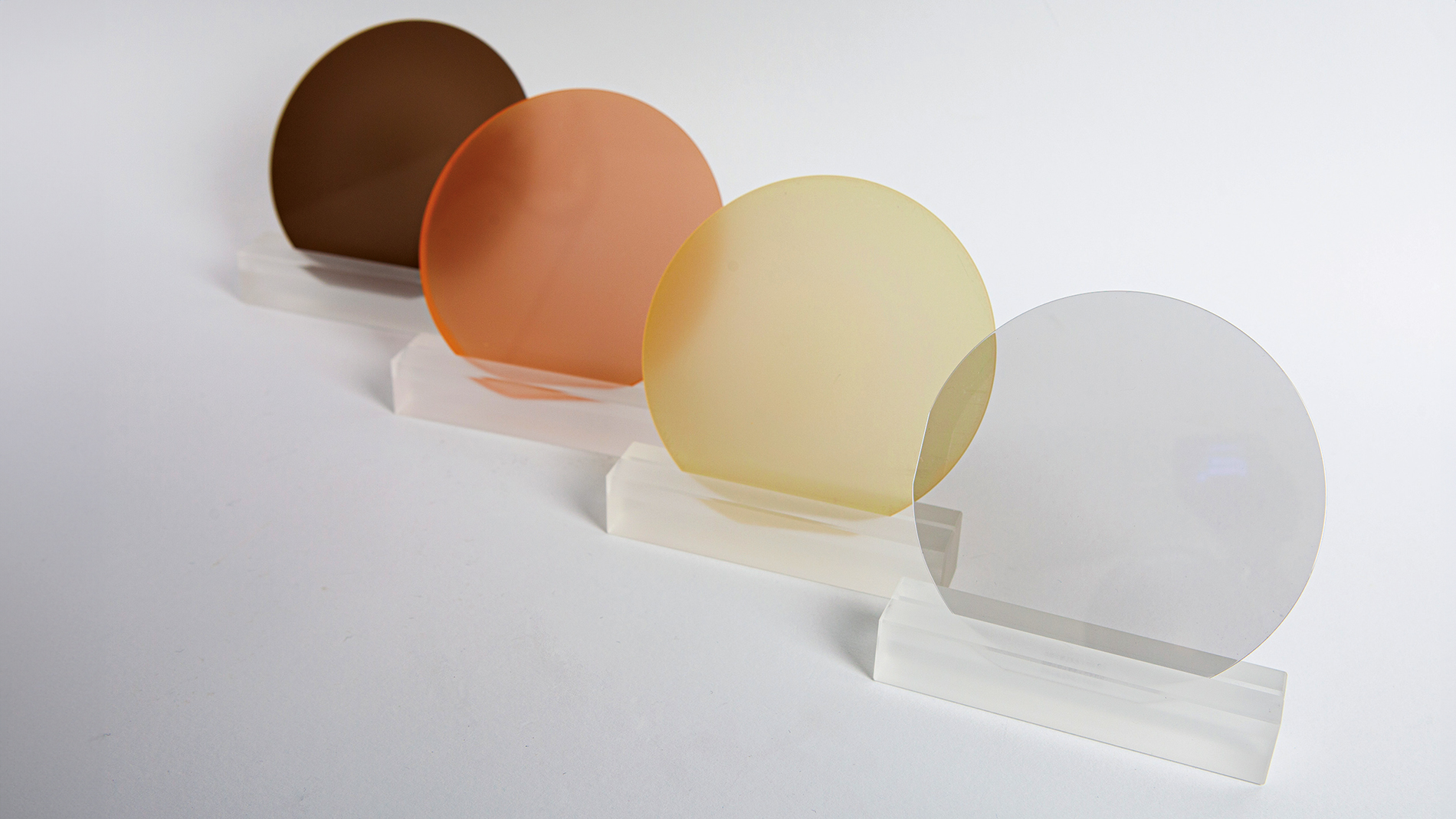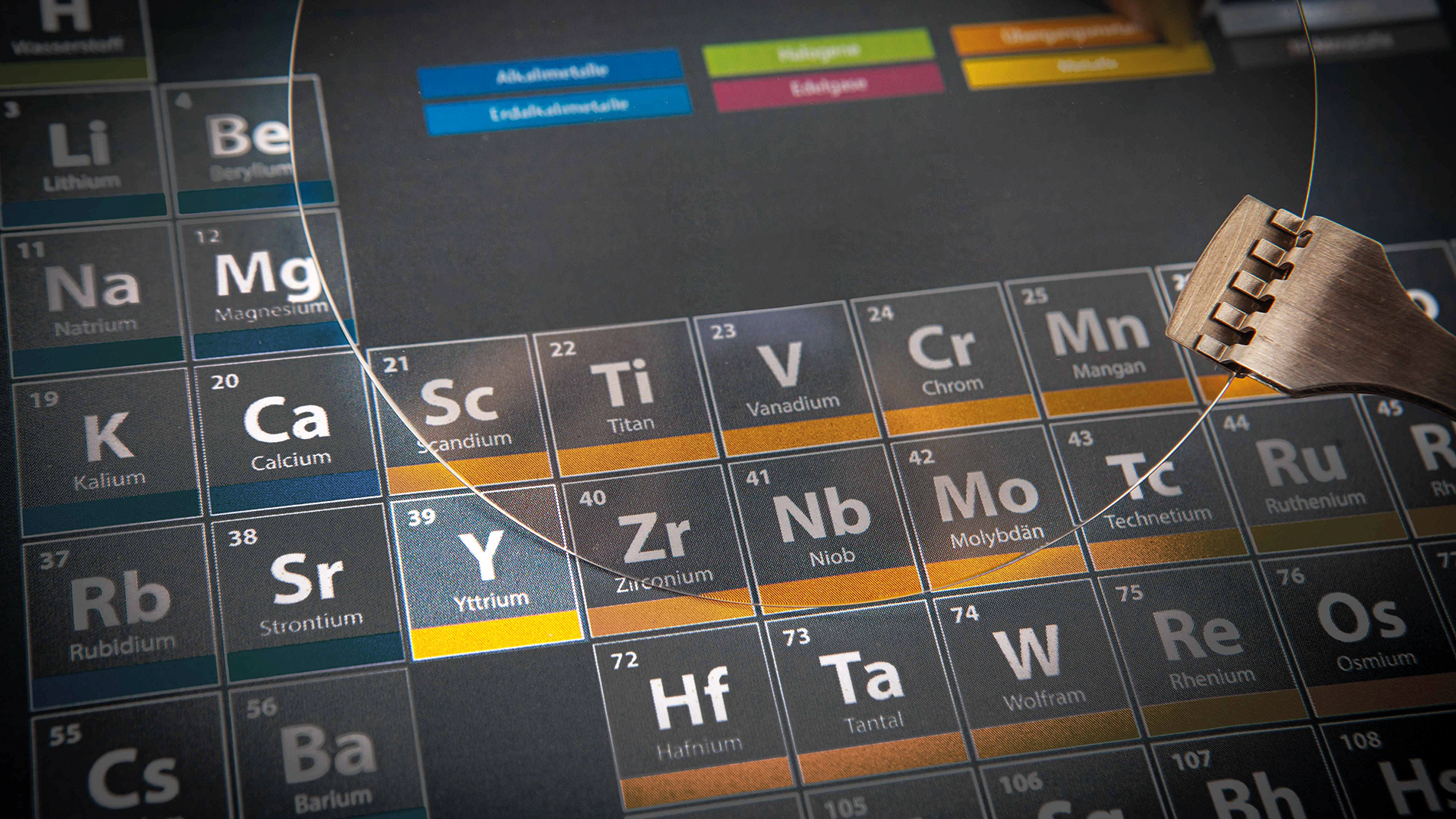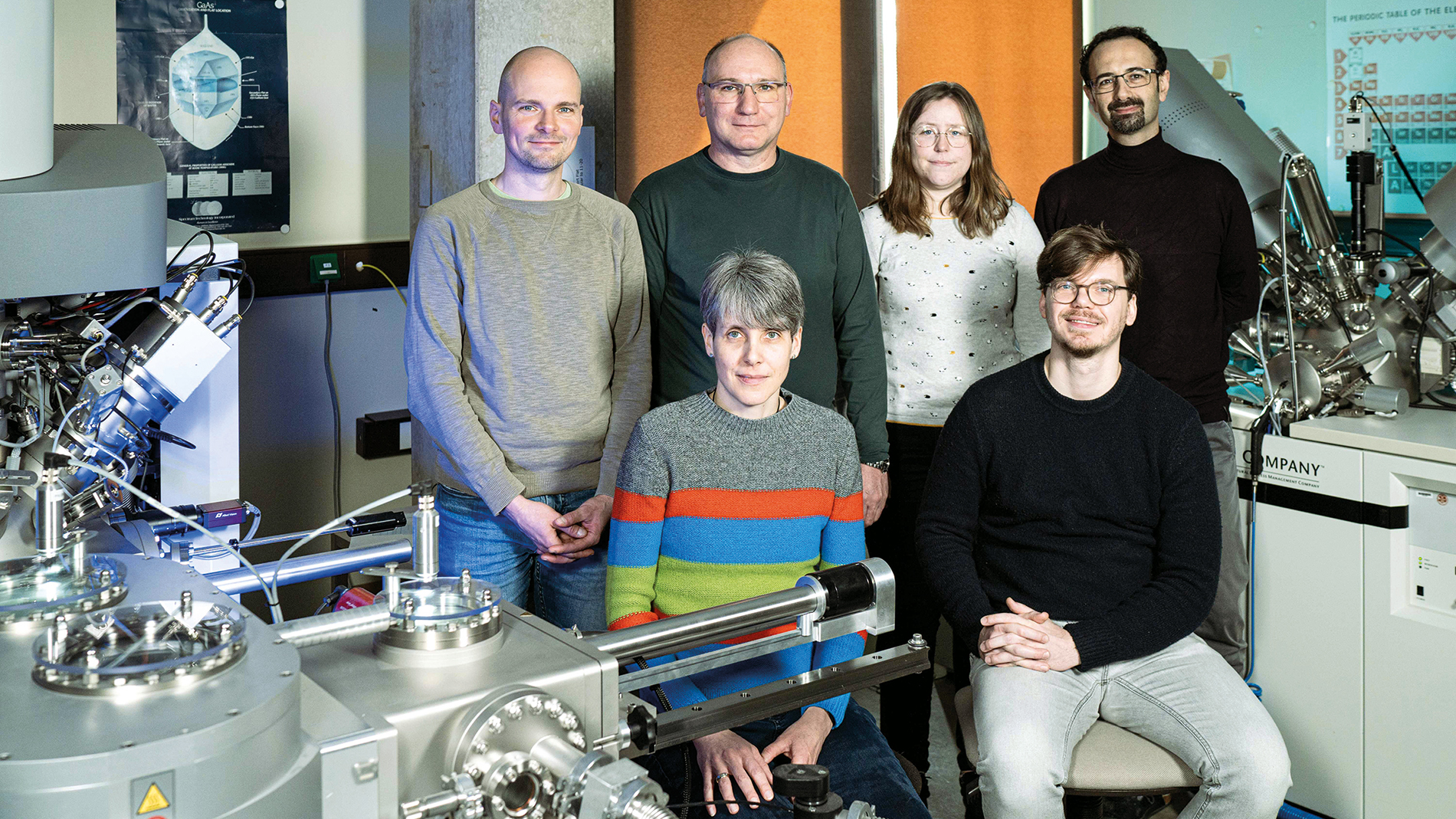Engelbert Hopf, senior editor at WEKA Fachmedien, based on documents from the Freiburg Fraunhofer Institute IAF
Due to its outstanding material properties, aluminium yttrium nitride had already attracted the interest of various research groups in the past. However, the growth of the material has so far presented a major challenge. So far, it has only been possible to deposit AIYN using the magnetron sputtering process. Researchers at the Fraunhofer Institute for Applied Solid State Physics IAF have now recently succeeded in producing the new material using MOCVD technology (metal-organic chemical vapour deposition), thus enabling the development of new, diverse applications.

“Our research marks a milestone in the development of new semiconductor structures. AlYN is a material that enables an increase in performance while minimising energy consumption and can thus pave the way for innovations in electronics that our digitally networked society and the ever-increasing demands on technologies urgently need,” says Dr. Stefano Leone, scientist at Fraunhofer IAF in the Epitaxy department. Due to its promising material properties, AlYN can become a key material for future technological innovations.
From the AlYN-layer to heterostructure
Recent research had already demonstrated the material properties of AlYN, such as ferroelectricity. When developing the new compound semiconductor, the researchers at Fraunhofer IAF focussed primarily on its adaptability to gallium nitride (GaN). The lattice structure of AIYN can be optimally adapted to GAN and the AlYN/GaN hetero-structure promises significant advantages for the development of future-oriented electronics.

Last year, the research group at Fraunhofer IAF had already achieved groundbreaking results when they succeeded for the first time in depositing a 600 nm thick AlYN layer. This layer with a wurtzite structure contained an unprecedented yttrium concentration of over 30 per cent. A further breakthrough was recently achieved: It has been possible to produce AlYN/GaN heterostructures with precisely adjustable yttrium concentration, which are characterised by excellent structural quality and electrical properties. The new heterostructures have a yttrium concentration of up to 16 per cent. Under the leadership of Dr. Lutz Kirste, the structural analysis group carried out further detailed analyses to deepen the understanding of the structural and chemical properties of AlYN.
In addition, the Fraunhofer researchers have already been able to measure very promising electrical properties of AlYN that are interesting for use in electronic components. “We were able to observe impressive values for sheet resistance, electron density and electron mobility. These results have shown us the potential of AlYN for high-frequency and high-performance electronics,” says Dr. Leone.
AlYN/GaN for high-frequency applications
Thanks to its wurtzite crystal structure, AlYN can be adapted very well to the wurtzite structure of gallium nitride with a suitable compo sition. An AlYN/GaN heterostructure promises the development of semiconductor devices with improved performance and reliability. In addition, AlYN has the ability to induce a two-dimensional electron gas (2DEG) in heterostructures at a yttrium concentration of about 8 per cent.
From the results of the material characterisation, it can be deduced that AlYN can be used in transistors with high electron mobility (HEMTs). The researchers were able to observe a significant increase in electron mobility at low temperatures (more than 3000 cm2/Vs at 7 K). Meanwhile, the team has already made significant progress in demonstrating the epitaxial heterostructure required for fabrication and is continuing to explore the new semiconductor with a view to producing HEMTs.

The researchers in Freiburg can also already venture a positive prognosis for industrial use: with AlYN/GaN heterostructures grown on 4-inch SiC substrates, they were able to demonstrate the scalability and structural uniformity of the heterostructures. The successful production of AlYN layers in a commercial MOCVD reactor enables scaling up to larger substrates in larger MOCVD reactors. This method is considered to be the most productive for the production of large-area semiconductor structures and emphasises the potential of AlYN for the large-scale production of semiconductor components.
Development of non-volatile memories
Due to its ferroelectric properties, AlYN is highly suitable for the development of non-volatile memory applications. Another important advantage is that the material does not have a layer thickness limit. Therefore, the research team at Fraunhofer IAF encourages further research into the properties of AlYN layers for non-volatile memories, as AlYN-based memories can drive sustainable and energy-efficient data storage solutions. This is particularly relevant for data centres, which are used to cope with the exponential increase in computing capacity for artificial intelligence and have significantly higher energy consumption.
Oxidation as a challenge

A major hurdle for the industrial use of AYN is its susceptibility to oxidation, which impairs the material’s suitability for certain electronic applications. “In the future, it will be important to research strategies to minimise or overcome oxidation. The development of high-purity precursors, the application of protective coatings or innovative manufacturing techniques could contribute to this. So far, the susceptibility of AlYN to oxidation has been a major challenge for research to ensure that research efforts are focused on the areas with the greatest chance of success,” Dr. Leone therefore demands.
